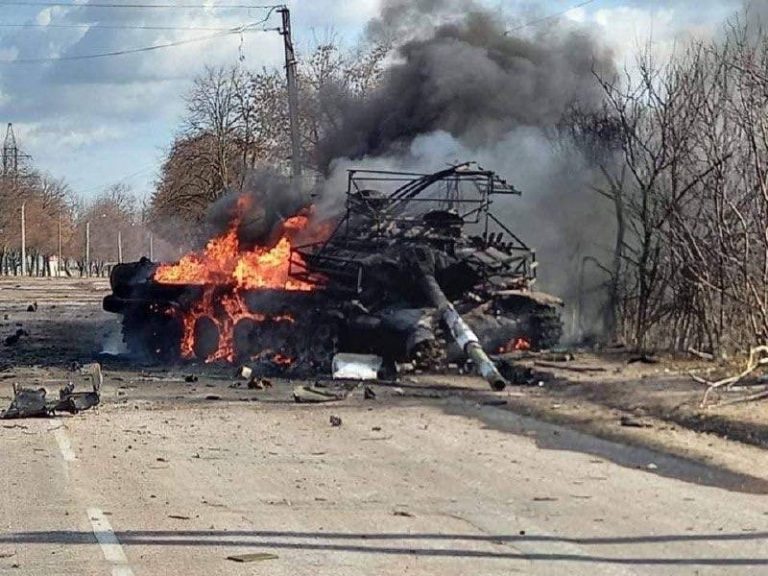As the Russian invasion of Ukraine enters its third day, the invaders have yet to succeed in taking several major Ukrainian cities, notably Kiev and Kharkov, which are the country’s two largest. Only Melitopol, located in southern Ukraine, has decisively fallen to the Russian army so far.
Ukraine’s Ministry of Defense reported Feb. 26 that more than 210 civilians had been killed, and over 1,100 injured. The casualties include at least 100 children.
RELATED:
- As Battle for Kiev Rages, Putin Calls to Topple Ukraine’s Government
- Russians Protest War in Ukraine, Thousands Arrested by Police
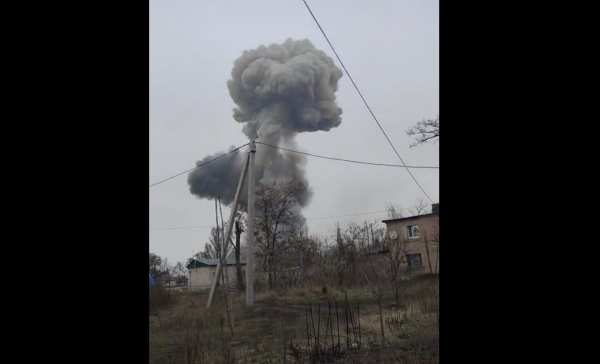
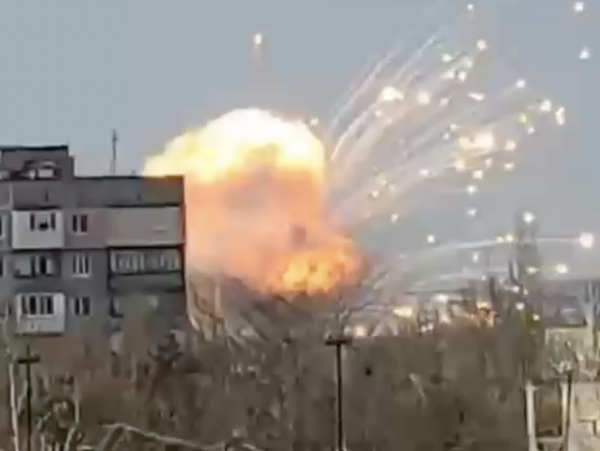
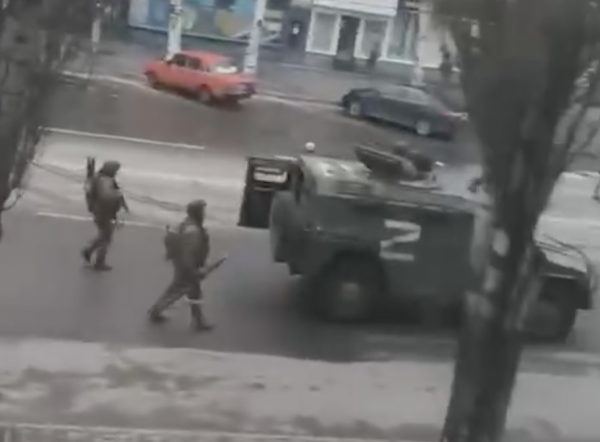
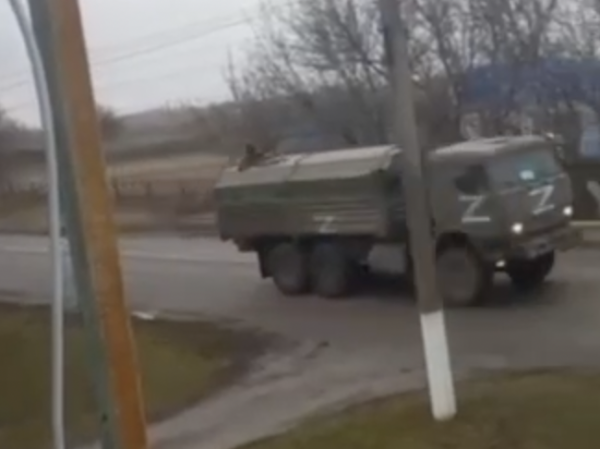
Footage from the scenes of battle shows destroyed tanks and other military vehicles on both sides littered along roads. Many pieces of equipment have also been abandoned due to accidents, lack of fuel, and other causes.
A photo taken in Chernihiv, northeast of Kiev, shows a Russian T-72B3 tank in flames, its turret blown aside in a characteristic “cook-off” caused by detonation of stowed shells.
Success
You are now signed up for our newsletter
Success
Check your email to complete sign up
Other videos show columns of Russian supply vehicles after coming under attack by Ukrainian forces, as other trucks and armored personnel carriers advance. Some tanks fell off bridges and were lost.
Russian vehicles taking part in the invasion are identified by the Latin letters Z, V, or O spray-painted in white on their sides. This is to prevent friendly fire, as the Ukrainian army uses many of the same types of weapons.
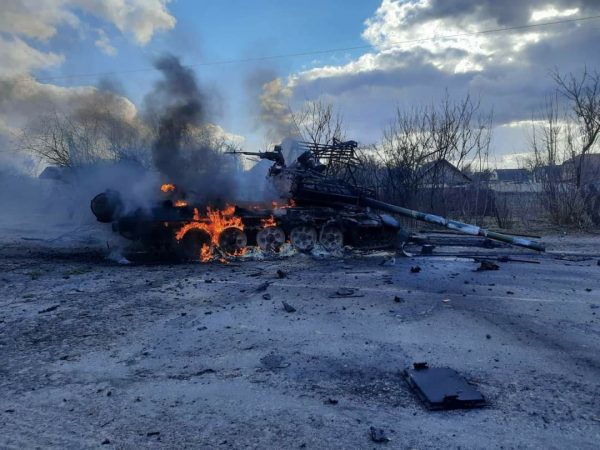
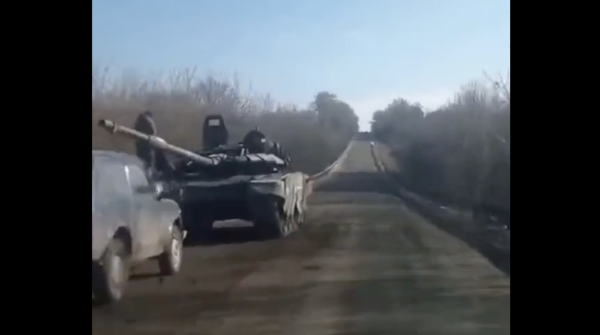
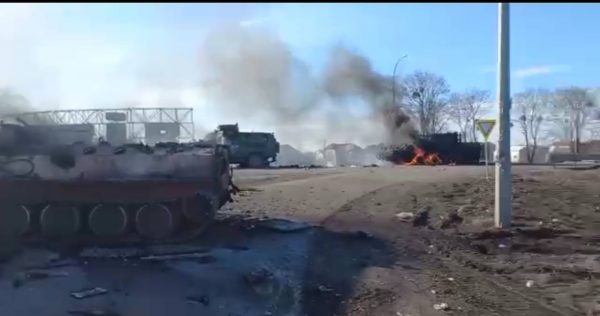
Heavy resistance
Resistance has been heavy in Kharkov, an industrial center near the Russian border in northeast Ukraine. Russians have taken considerable losses and are being reinforced as of Feb. 26.
In Kiev, where U.S. officials previously estimated that the Ukrainians could only hold out for 96 hours, resistance remains strong, with Russian forces making progress but still fighting for control of the Ukrainian capital.
Civilians have come under increasing danger as several artillery, rocket, and air attacks have been reported hitting residential areas and apartment buildings. The mounting casualties come despite the Russian military’s stated and apparent efforts to target only military installations.
Close to 200,000 Russian troops were present near the Ukraine at the start of the invasion. However, the “special military operation” that began on Feb. 24 has been somewhat limited in scale. Per an aggregate of reports from the ground — the number of Russian troops entering the country has been estimated in the tens of thousands, compared with Ukraine’s own army of 300,000 active personnel.
Some have speculated that the Kremlin had hoped for a powerful but short campaign to break the Ukrainian will to fight, similar to the annexation of the Crimea in 2014, when a Russian special forces operation took the peninsula from Ukraine with minimal fatalities.
To avoid unnecessary casualties and damage to Ukrainian infrastructure, Russia may have opted for a light initial attack, not realizing the strength and will of the defenders.
Russian forces are deploying heavier weapons and more troops as the fighting continues.
Photos taken near the Russo-Ukrainian border near Kharkov shows Russian forces transporting 2S7 Malka and 2S4 Tyulpan self-propelled artillery guns across the border, as well as TOS-1 heavy flamethrower tanks. These weapons are notable for their unusual destructive capability.



